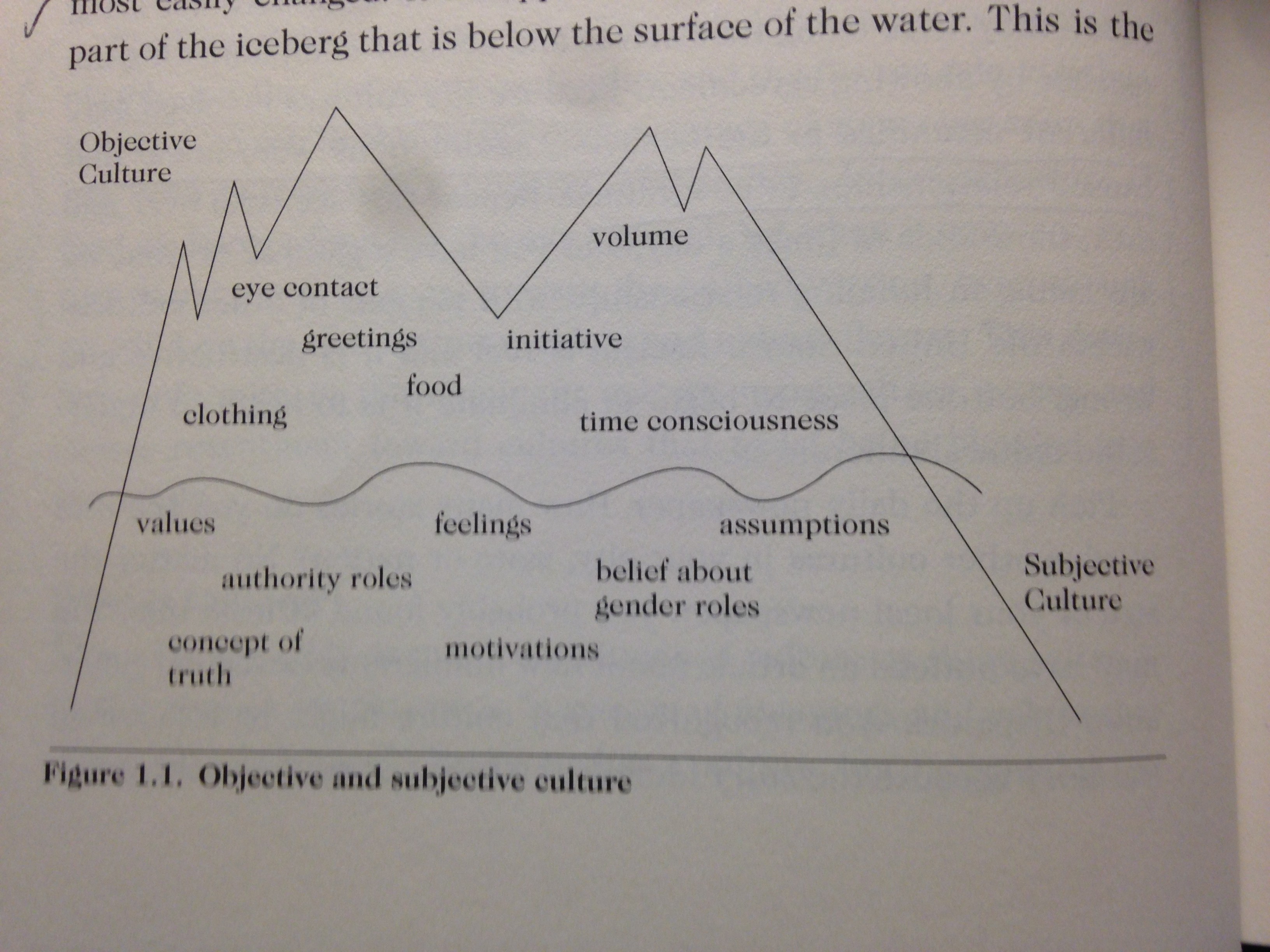Navigating cultural differences can be challenging, whether you’re working abroad or interacting with diverse communities at home. Patty Lane’s A Beginner’s Guide to Crossing Cultures offers practical tools and perspectives for building bridges in a multicultural world. This summary explores the book’s core concepts and provides key insights for fostering cross-cultural understanding.
The book aims to equip readers with the knowledge and skills needed to effectively communicate and build relationships with individuals from different cultural backgrounds. It emphasizes the importance of understanding one’s own cultural biases and developing empathy for others. While Duane Elmer’s “Cross-Cultural Connections” focuses on overseas experiences, Lane’s work is more geared towards multicultural settings within a country.
Understanding Culture: A Foundation for Connection
Lane defines culture clearly, a point where Elmer’s book falls short. This provides a strong foundation for understanding cultural differences. The book highlights that culture shapes our values, beliefs, and behaviors, often unconsciously. Recognizing this influence is crucial for avoiding misunderstandings and fostering meaningful connections. Lane uses the metaphor of an iceberg to illustrate culture, with only a small portion being visible (objective culture) and a larger, more significant portion hidden beneath the surface (subjective culture).
An illustration of the iceberg model of culture, showing the visible and invisible elements that shape cultural understanding.
Key Cultural Values and Lenses
Lane identifies several key cultural values, or “lenses,” that shape how people perceive the world. Understanding these lenses can help us anticipate potential areas of conflict and adapt our communication style accordingly. These include:
- Activity: This lens focuses on how different cultures value achievement and productivity. Some cultures prioritize efficiency and tangible results (doing), while others emphasize relationships and being present (being).
- Authority: This lens examines how cultures perceive and respect authority figures. Some cultures have a hierarchical structure with clear lines of authority, while others are more egalitarian.
- Identity: This lens explores the source of identity, whether it is individualistic or collectivistic. Individualistic cultures prioritize personal goals and independence, while collectivistic cultures emphasize group harmony and loyalty.
- Time: This lens focuses on how cultures perceive and manage time. Some cultures are monochronic, valuing punctuality and schedules, while others are polychronic, viewing time as more flexible and fluid.
- Context: High-context cultures rely heavily on nonverbal cues and shared understanding, while low-context cultures emphasize explicit communication.
- Worldview: Cultural differences in worldview shape perceptions of reality, spirituality, and the purpose of life.
Avoiding Misattribution: The Importance of Cultural Sensitivity
Lane emphasizes the dangers of “misattribution,” which is assigning meaning to someone’s behavior based on one’s own cultural background. This can lead to misunderstandings, stereotypes, and prejudice. By becoming aware of our own cultural biases and seeking to understand the perspectives of others, we can avoid misattributing meaning and build more authentic relationships.
Cultural Assimilation and Generational Differences
Lane discusses the process of cultural assimilation, noting that it typically takes generations for immigrants to fully integrate into a new culture. She identifies four stages: “total ethnic,” “ethnic-American,” “American-ethnic,” and “American.” This understanding helps foster patience and empathy towards immigrants as they navigate their new cultural landscape.
Comparing Lane and Elmer: Complementary Perspectives
While Lane’s book provides a clearer and more organized introduction to crossing cultures, Elmer’s Cross-Cultural Connections offers valuable supplementary insights. Elmer’s discussion of honor and shame, for example, is a crucial element often overlooked in Western-centric approaches to cross-cultural understanding.
Duane Elmer’s “cultural adjustment map” visually represents the emotional stages of cultural adaptation.
Key Takeaways and Conclusion
- Develop cultural self-awareness: Understand your own cultural biases and assumptions.
- Embrace cultural humility: Recognize that your culture is not superior to others.
- Practice active listening: Seek to understand the perspectives of others.
- Avoid misattribution: Be mindful of assigning meaning based on your own cultural background.
- Be patient and understanding: Cultural adaptation takes time and effort.
A Beginner’s Guide to Crossing Cultures by Patty Lane provides a valuable framework for navigating the complexities of intercultural communication. By understanding cultural values, avoiding misattribution, and practicing empathy, we can build stronger relationships and create a more inclusive and understanding world. For those seeking a deeper dive, combining Lane’s work with Elmer’s Cross-Cultural Connections provides a comprehensive understanding of cross-cultural dynamics.

